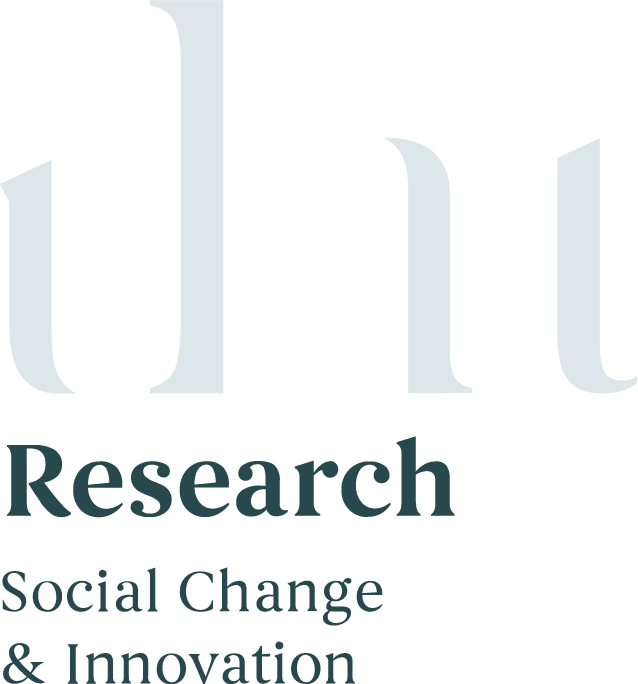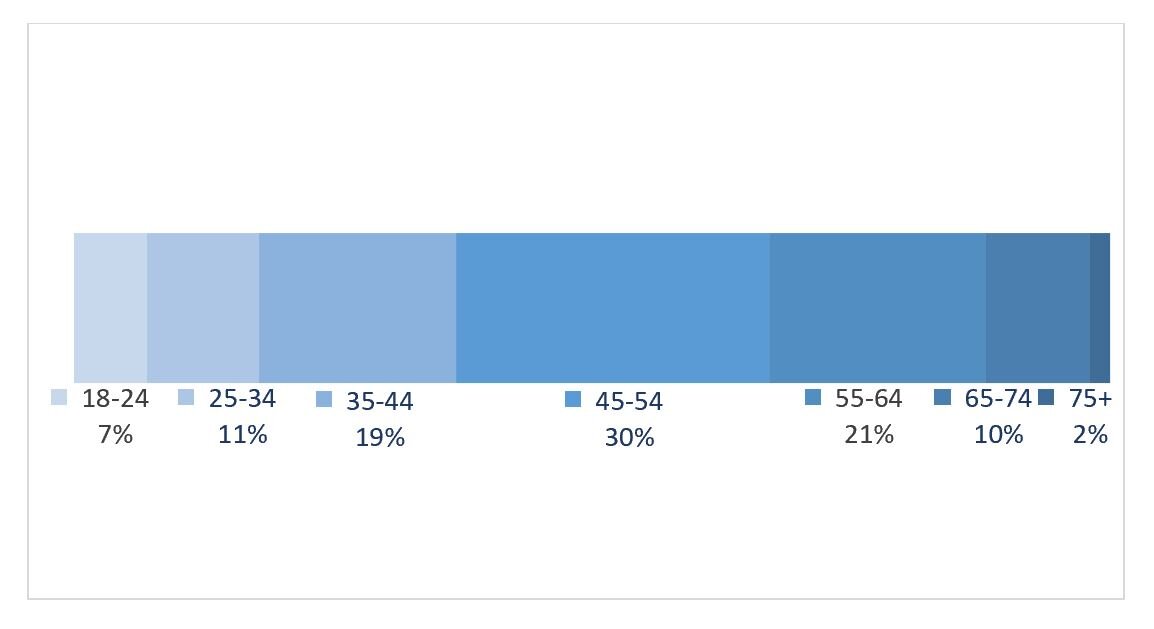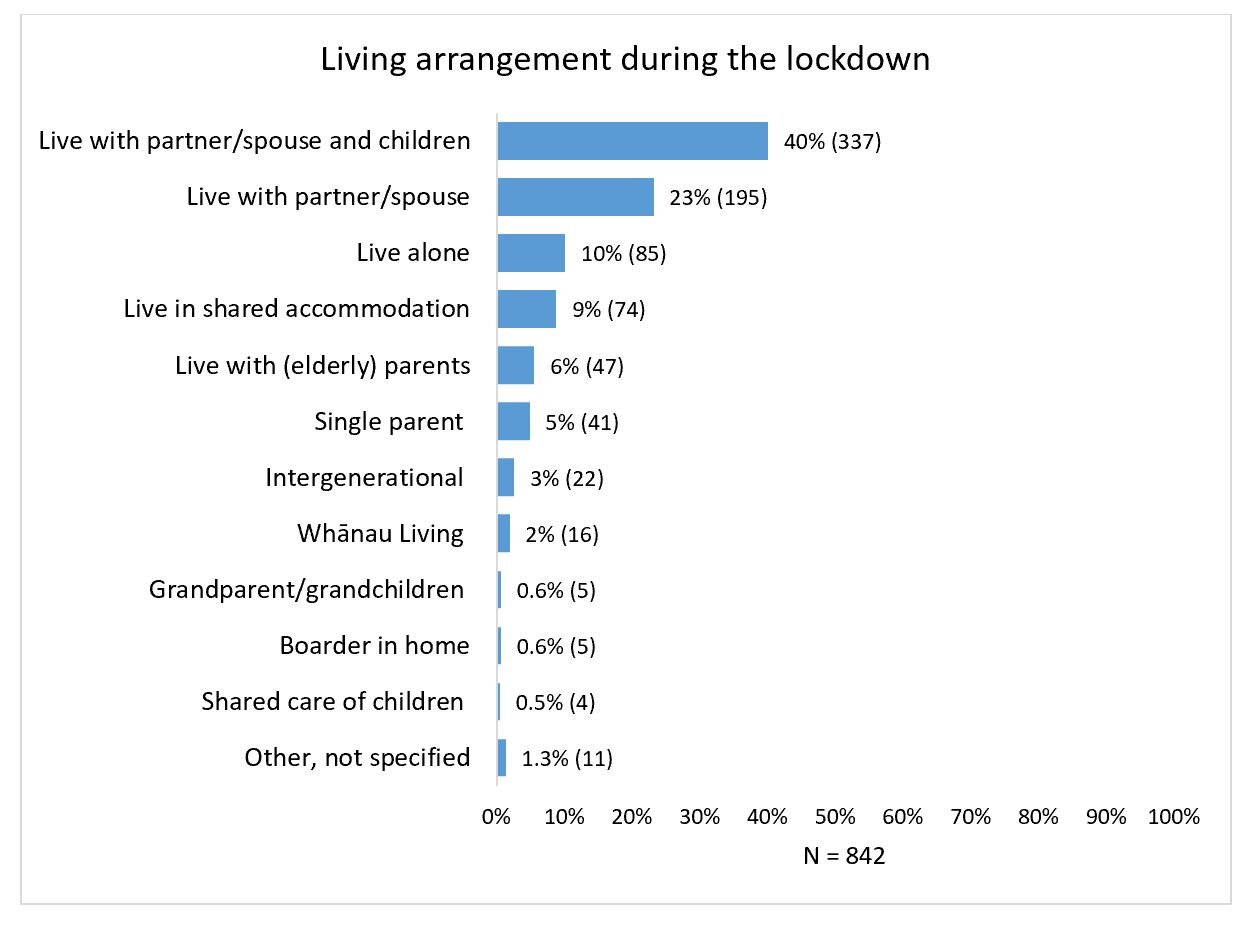Covid-19 Community Survey – April 2020
Dr Larissa Kus-Harbord 9 June 2020
Overview
Ihi Research designed and administered nation-wide online survey during the Level 4 lockdown as part of the COVID-19 national response. Participation was invited through the Ihi Research Facebook page and through an email snowballing method. The purpose of the survey was to examine the impact of the lockdown on people’s lives. The survey covered attitudes towards government response to COVID-19, information quality and sources, attitudes about following the rules, the areas of concerns and subjective well-being. The survey was set up in Qualtrics and open for completion from Tuesday 7 April to Monday 13 April 2020.
Survey participants
Completion
In total, 842 respondents completed the survey.
Lockdown residence
The majority of the survey respondents resided during the lockdown in Canterbury (49%), followed by Auckland (12%) and Wellington (9%) areas. Altogether, there were more respondents from South Island (57%) than North Island (43%).
Age
The middle age-group 45-54 years was most represented (30%), followed by 55-64 (21%) and 35-44 (19%).
Figure 1: Age distribution
Ethnicity
36% (N=304) of participants indicated their ethnicity as Māori
60% (N=507) were NZ European
4% (N=31) belonged to other ethnic groups.
A similar age composition of the sample within Māori and NZ Europeans supports further comparisons between ethnic groups (Figure 1).
Figure 2: Age distribution by ethnicity
Gender
80% Female
20% Male
While the sample is over represented by females, a similar age distribution within female and male participants supports further comparisons between the two groups.
However, with gender comparisons it is important to note that there are proportionally more Māori among female (38%) than male (29%) participants (Figure 2).
Figure 3: Age Distribution by gender
Size of a bubble
The average number of people in the bubble before and during the lockdown was significantly higher among Māori than NZ European participants. The average number of people in the bubble during the lockdown (M=3.9) increased among Māori participants from before the lockdown (M=3.7) while for NZ Europeans the change was non-significant (from M=3.0 to M=3.1) (Figure 3).
Figure 4:Number of people in a bubble
Note. * Number of people in the bubble was more likely both to increase and decrease among Māori than NZ European participants (Chi² (2, 811) = 34.44, p < .001). Total includes also other ethnicities (N=31).
Lockdown living arrangements
Majority of the participants lived with a partner with or without children (63%), while 10% lived alone and 5% were single parents (Figure 4).
Figure 5: Living arrangements
Testing & symptoms
Majority of the participants (86%) reported not being tested for COVID-19, nor having symptoms of COVID-19, nor having to isolate themselves due contact or travel.
9% of participants reported having to self-isolate as a results of contact or travel.
Only 3 participants (0.4%) reported having had COVID-19.
Employment
Working vs not working
72% (N=608) of participants reported working during the lockdown (i.e. remotely, essential workers, reduced hours).
28% (N=234) of participants reported not working.
The proportion of people working among Māori and NZ Europeans, and among female and males was similar.
Essential workers vs others
17% (N=145) of participants classified themselves as essential workers (including 40 working remotely).
55% (N=463) of participants were working remotely (excluding essential workers).
28% (N=234) were not working.
The proportion of Essential workers did not differ between female and male participants.
The proportion of Essential workers appeared higher among Māori (21%) than NZ Europeans (15%).






